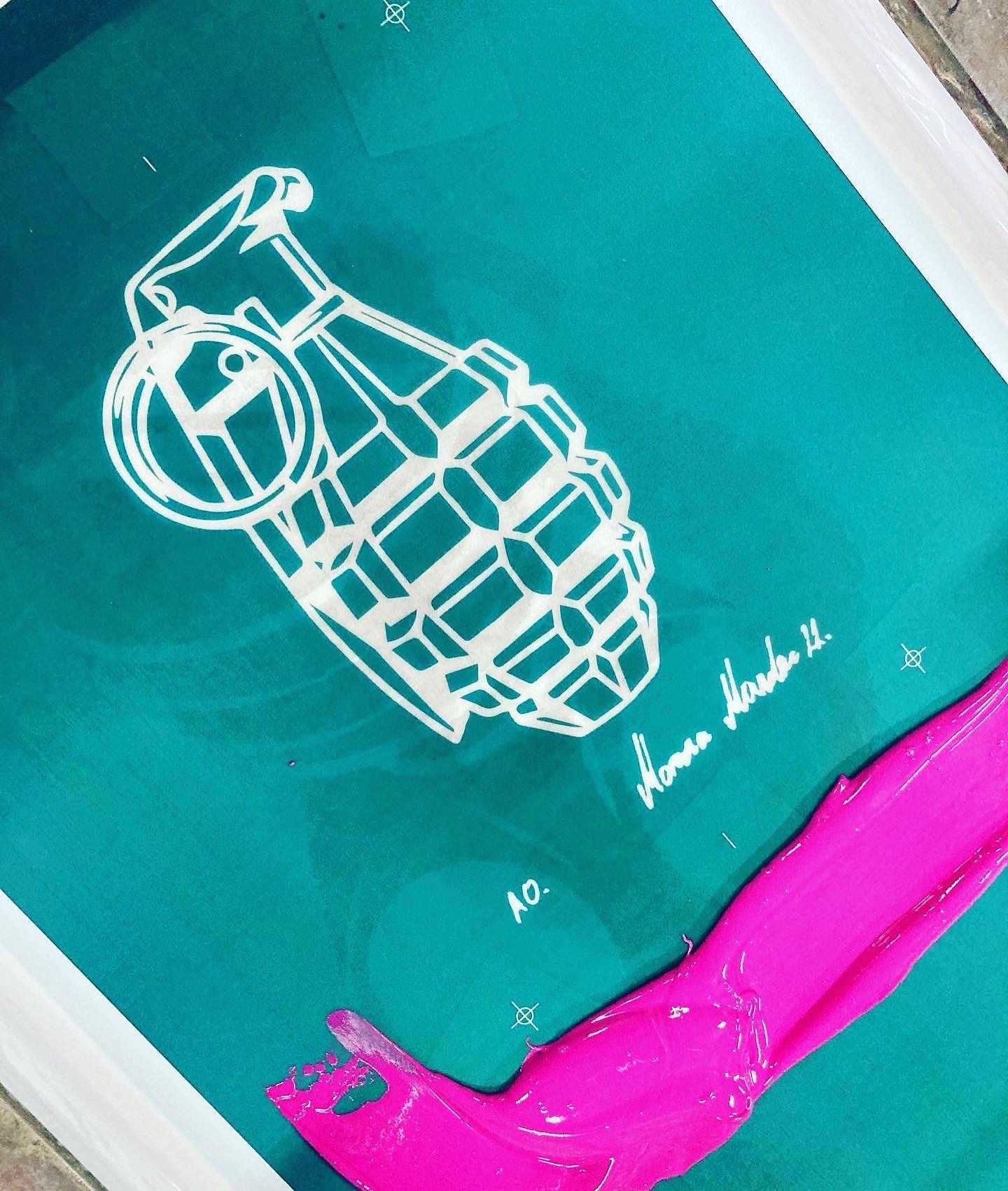
Why Graphic Prints, and Not Something Else
There is almost no segment of modern art that isn’t imbued with a graphic expression. As it enables a wide spectre of artistic expressions, graphics are ever more present and topical, they are everywhere around us, from modern billboards to traditional posters. This, however, doesn’t mean that graphic prints as an artistic expression can reach potential buyers easily or successfully.
Our modern arts scene is very rich, but the consumers are few in numbers, and mostly the same people: gallerists, collectors, artist themselves and their close circle of friends. In spite of being open and available to everyone, galleries are visited by a low percentage of the entire population. Even though they are more approachable in terms of the price than oil on canvas, or a sculpture, and they are becoming ever more present due to a combination of the expansion of digital art and artistic creativity, graphic prints still do not seem to be reaching a wider audience through the existing communication channels. The communication with the audience is still traditional: through invitations to exhibitions, expert texts, mostly incomprehensible to those who are not “from this branch”, and the occasional interview or review in the mainstream media and modest, individual posts on social networks.
This is why, by being placed on a T-shirt, a work of art becomes more accessible, more visible than in a gallery, or a private collection, and buyers gain the feeling that they promote art, and support it, by means of their appearance and dressing style, and what’s most important – they empower young artists.
We transfer graphic prints from the wall, their traditional displays, static pedestals, to the body – a dynamic and active medium. In this manner, T-shirts simulate the window of a gallery, but with a greater visibility and openness, and establish communication, in motion, with a wide audience: at a concert, university, in a night club, shopping mall, restaurant, park, in a cue in front of a counter, in the office, etc. And it is this way that a barrier, which depicts art as something unattainable, incomprehensible and unattractive to a “common” person, is removed.